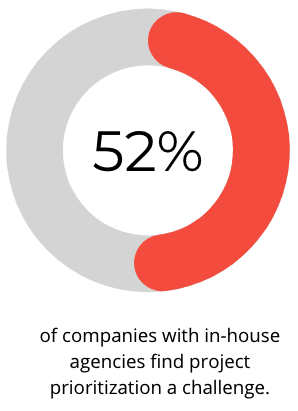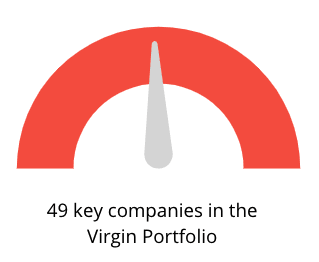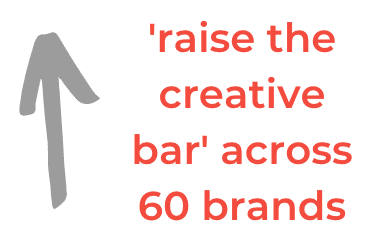B2B Digital Marketing Strategies
Post-pandemic challenges faced by large brand holding companies
A summary of an independent research report on the Marketing Trends for Big Holding Companies, commissioned by OLIVER, the world’s first and only company to exclusively design, build and run in-house marketing ecosystems for brands.
Difficulties with attracting and retaining top talent, the lack of first-party data, and issues with workflow management are three challenges that large brand holding companies face as they enter a post-pandemic era where they need to create more content more frequently – but for less money.
Difficulties with Attracting and Retaining Top Talent
It’s critical to keep in-house talent energized, otherwise attrition can become a real issue. With large brand holding companies bringing some marketing in-house to speed up processes, cut overhead costs, and cope with reduced marketing budgets, they have to be equipped to meet such challenges. Here are some common suggestions for solving this:
- Allow creative talent to work with multiple brands or internal stakeholders
- Holding employee showcases or mixers
- Assigning challenging ‘stretch’ projects
- Providing training workshops
- Celebrating or communicating team successes more often.
By outsourcing the designing, building and running of an in-house operation, businesses can offer their talent the best of both worlds: brand and agency.
Lack of first-party data
To provide high-quality, personalized content and reduce costs at the same time, large brand holding companies – especially those in the consumer packaged goods (CPG) industry – need to get closer to customers and gather sufficient amounts of first-party data.
- Traditional or legacy business models, however, make it tricky for such companies to collect first-party data. According to an article published by Marketing Dive, “CPGs have not typically commanded large amounts of first-party data… because retail partners and platforms like Amazon own the point of sale where consumers share that information.” According to an article published by Marketing Dive, “CPGs have not typically commanded large amounts of first-party data… because retail partners and platforms like Amazon own the point of sale where consumers share that information.”
- Some companies are addressing this problem by launching direct-to-consumer (D2C) sites and leveraging owned, instead of paid, media experiences.
Difficulties with Workflow Management
Some companies rely on external agencies for strategic ideas and internal agencies for creative weight. This can make workflow management a testing task. Based on a report on trends in creative in-housing, 52% of companies with in-house agencies find project prioritization a challenge. According to the World Federation of Advertisers, the organization that commissioned the report, one of the key findings is that there is “the need for clearly defined roles and responsibilities as well as a clarity over scope of work for each agency, in-house and external” in order to reduce duplication of effort. For these reasons, in-house agencies that have their own workflow management technology can be of great benefit to the creative process.
Recent examples of businesses streamlining operations, modernising marketing capability and bringing talent in-house.
Virgin Group
- To provide insights into the Virgin Group’s marketing trends, the research team began by establishing the relationship between the group and its network of companies.
- According to the Virgin Group’s website, it has 49 key companies in its portfolio. It also states that the principal activities of Virgin Group, through its Virgin Management team, are brand licensing and investment management. Looking at Virgin Management, the company does not currently have a senior marketing executive among its team of seven senior employees.
- Although the Virgin Group’s web pages and communications do not mention its involvement in the marketing activities of its companies, research showed that the group had a global Chief Brand Officer (CBO) from 2016 to October 2020. However, the group eliminated the CBO position.
- According to one article, Virgin’s then CBO was “embarking on group-wide review of its 4 advertising output to ‘raise the creative bar’ across over 60 of its different brands.” This was part of the CBO’s efforts to understand how different Virgin brands interact or connect within their marketing and branding activities.
Swire Group
- According to Swire’s organizational chart, the main company is the John Swire & Sons Limited, which has six brands and over 60 smaller subsidiaries.
- Swire Pacific is the group’s direct subsidiary of John Swire & Sons Limited, and it encompasses Swire Properties, Cathay Pacific, and HAECO, among others.
- Swire Properties recently rolled out a marketing campaign in 2020 that involved OOH strategies, as well as animations. Cathay Pacific launched a marketing campaign in 2019 that was created by agencies of the Publicis Groupe.
- There is no indication that the Swire Group has made any attempts at streamlining its marketing teams, solutions, and efforts. Based on the two marketing examples, it is evident that the group’s brands/companies run independent marketing campaigns.





